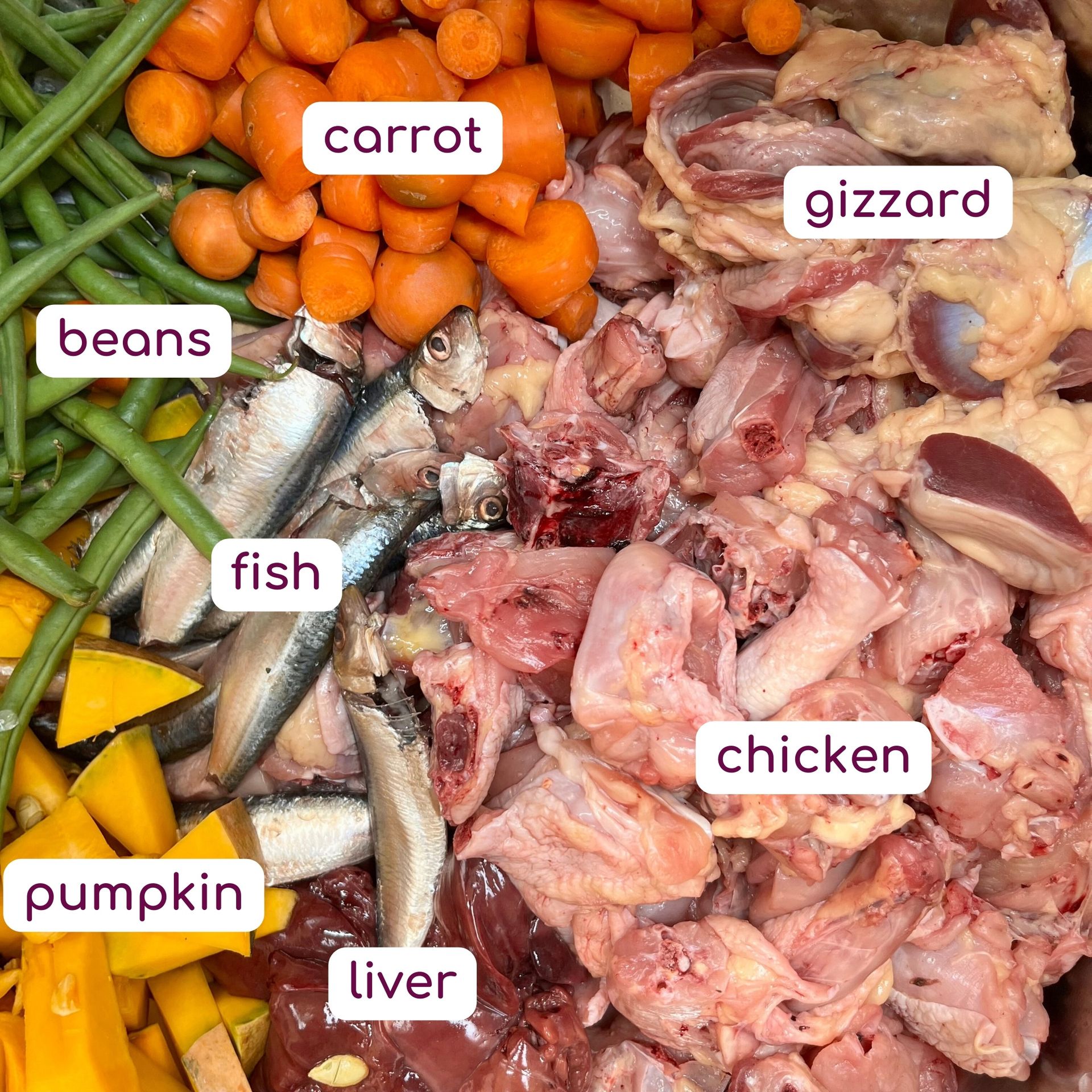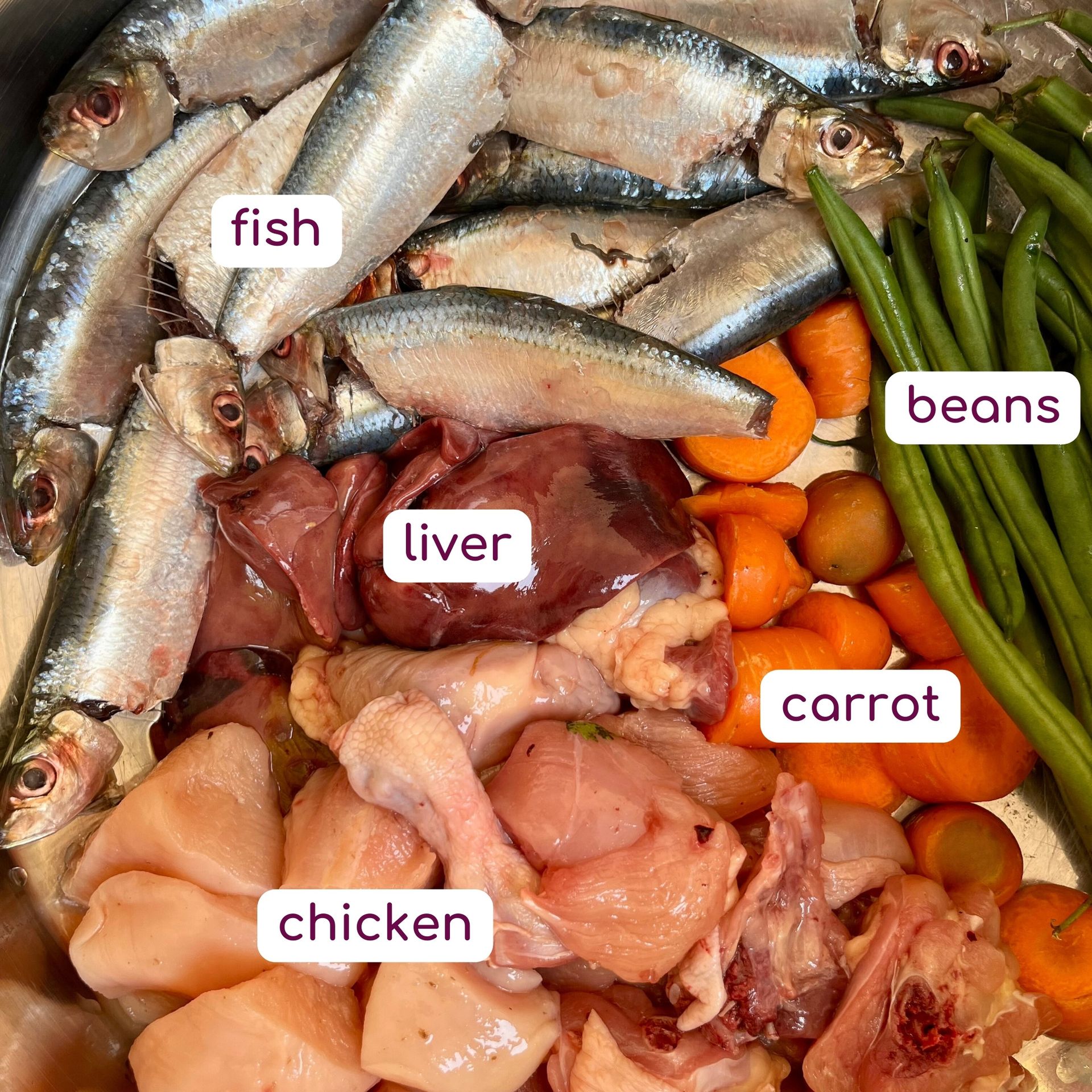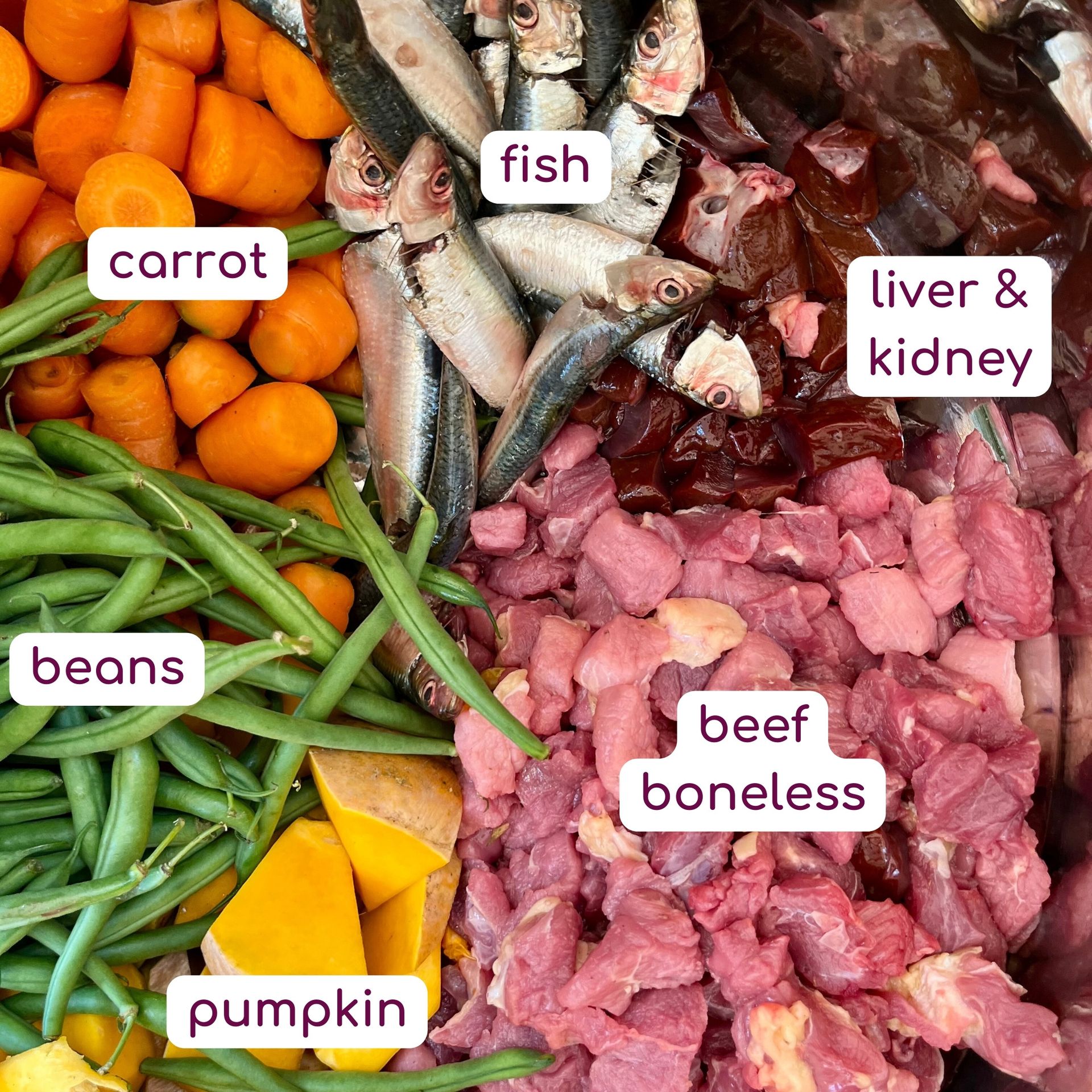As a devoted dog parent, you want nothing but the best for your furry friend. From wagging tails on walks to cozy snuggles at home, your dog’s well-being is your top priority. But have you considered what’s in their food? Many commercial dog foods rely on synthetic preservatives, artificial colors, and flavor enhancers to extend shelf life. While these additives offer convenience, they can pose serious risks to your dog’s long-term health.
Let’s uncover the hidden dangers of preservatives in dog food and explore healthier options that ensure your pup thrives.
common preservatives and their effects
Synthetic preservatives may seem harmless on the label, but their impact on your dog’s health can be far-reaching. Here are some of the most concerning culprits:
- Ethoxyquin: Approved for animal feed, this antioxidant has been linked to organ damage and liver problems in dogs. Want to avoid this ingredient? Explore our fresh food options made without synthetic additives.
- Sodium Nitrite: Used as a preservative and coloring agent, this additive can impair your dog’s ability to transport oxygen, leading to severe complications over time.
- Tartrazine: While not directly harmful to organs, this artificial color can trigger behavioral changes like hyperactivity and anxiety. Why risk it? Transition to a natural, preservative-free diet.
- Carrageenan: A thickening agent associated with digestive inflammation, it can cause diarrhea, vomiting, and abdominal discomfort in sensitive dogs.
- BHA and BHT: These synthetic antioxidants prevent rancidity but may disrupt your dog’s hormone regulation, potentially leading to long-term health issues.
- Sulphites: Known for triggering neurological symptoms in some dogs, sulphites can cause anything from mild irritation to more severe reactions.
Are these ingredients lurking in your dog’s food? Take the first step toward a healthier diet by checking out ingredient-conscious meal plans designed with your pup’s health in mind.
embracing fresh, preservative-free options
You don’t have to settle for food packed with potentially harmful chemicals. Healthier, fresher options are available to support your dog’s well-being.
Fresh, Homemade Meals
Cooking for your dog at home lets you control exactly what they eat. Create balanced meals tailored to their needs, but ensure you’re meeting all their nutritional requirements. Not sure where to start? Let us handle it for you with our customized, fresh meal delivery.
Fresh Food Delivery Services
Services offering freshly prepared, human-grade meals use high-quality ingredients without artificial preservatives. Convenient, healthy, and ready to serve, these meals take the guesswork out of feeding your pup. Ready to make the switch? Get started with a free sample today.
how we help you take control of your dog’s nutrition
At dhee's pet company, we believe your dog deserves better. That’s why we offer:
- Fresh, Preservative-Free Meals: Every recipe is crafted using whole, recognizable ingredients and free from synthetic additives.
- Pre-Portioned Convenience: No more guesswork—just perfectly balanced meals tailored to your dog’s needs.
- Vet-Approved Nutrition: Developed with expert guidance to ensure optimal health for your pup.
Your dog’s health starts with their diet. Discover our fresh food plans today.
faqs: answering your questions about preservatives
Q1: Are all preservatives bad for dogs?
No, some natural preservatives like vitamin E and rosemary extract are safe and beneficial. However, synthetic preservatives like ethoxyquin, BHA, and BHT can have harmful effects over time.
Q2: How can I identify harmful preservatives in dog food?
Carefully read ingredient labels. Look for terms like “ethoxyquin,” “BHA,” “BHT,” and “sodium nitrite.” If the ingredient list includes unpronounceable chemicals, it’s time to consider healthier alternatives.
Q3: Will switching to fresh food upset my dog’s stomach?
Switching diets should be done gradually over 7–10 days to avoid digestive upset. Begin by mixing small amounts of fresh food into their current diet, increasing the proportion over time. Need help transitioning? Learn how to switch easily here.
Q4: Is fresh food worth the cost?
While fresh food is often more expensive than kibble, it can save you money in the long run by reducing the risk of costly health issues.
Q5: How do I ensure my dog’s diet is nutritionally balanced?
Consult a veterinarian or choose a trusted fresh food provider that offers balanced, pre-portioned meals. Get started with our vet-approved meal plans today.
The preservatives in commercial dog food may be compromising your pet’s health without you even realizing it. By switching to fresh, preservative-free meals, you can support your pup’s digestion, energy levels, and overall well-being.
Your dog’s health is priceless. Join thousands of happy pet parents who’ve made the switch. Start their journey to better health today.










